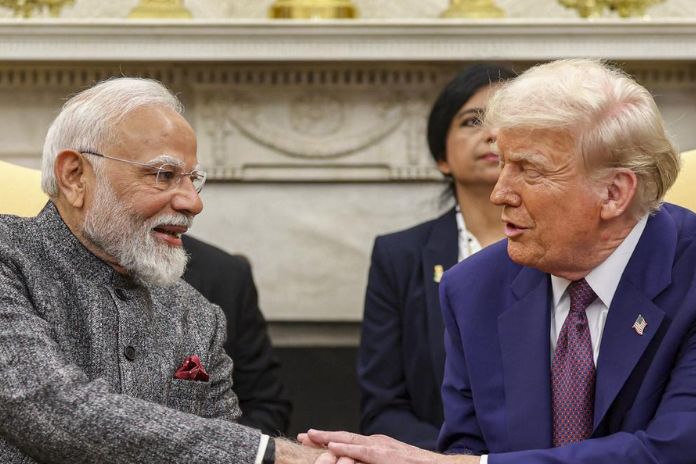
On the cusp of a mini‑deal deadline
India has dispatched a team of negotiators to Washington in a high-stakes mission: to clinch an interim “mini trade deal” with the U.S. before the July 8 deadline expires. This critical date marks the end of a 90-day pause President Trump granted on high “Liberation Day” tariffs, after which steep reciprocal duties (up to 26 percent) could come into force. The diplomatic pressure is intense, both sides are racing to find consensus before the tariff clock runs out.
Key sticking points: tariffs, GM crops, dairy access
Central to the talks are deep-rooted disagreements. The U.S. is pressing India to ease restrictions on genetically modified crops, dairy imports, wheat, corn, and auto parts. Washington is also pushing for access for its electric vehicles, wines, petrochemicals, and medical devices. In exchange, India seeks removal of both the 26 percent reciprocal levy and the baseline 10 percent tariffs on several U.S. exports, especially almonds, pistachios, walnuts, textiles, leather, shrimp, and pharmaceuticals. India is also demanding exemptions from the U.S. steel and aluminium tariff hikes that doubled to 50 percent, an issue many see as the toughest hurdle.
Tariffs on metals loom large
The U.S.’s hike in steel and aluminium duties, undifferentiated by country, puts India in a bind. With exports worth an estimated $4–5 billion hanging in the balance, securing carve-outs for Indian trade has become essential. Delhi has even initiated a dispute at the WTO, warning of retaliatory measures. But unless Washington agrees to exemptions, the path to a deal may remain blocked into fall.
Agriculture: a political minefield
India’s farming sector, employing nearly half of its population, has proven reluctant to open up. Cuts in tariffs on staples like wheat, corn, dairy, ethanol, and other U.S. crops risk triggering political backlash. The U.S. continues to press for access to these markets, but New Delhi stands firm, offering only limited openings for items such as nuts and honey.
Deadlines slipping, extension likely
Though July 8 was initially seen as a hard deadline, reports from both sides now suggest talks may extend into the week after. Even if this mini‑deal slips into fall, negotiators remain optimistic about sealing a broader first-phase agreement by September–October 2025, aiming toward a larger pact by autumn and growing bilateral trade to $500 billion by 2030.
Why India is holding firm
India pursues a balanced strategy: it’s keen on concessional access for its labour-intensive exporters but cautious on key domestic sectors like agriculture and dairy. Officials maintain that any deal must align with national interests, not sacrifice them for haste. Commerce Minister Piyush Goyal has led the charge, steering talks toward win–win outcomes and underscoring that India is “keen but not desperate.”
Washington’s nuanced stance
While President Trump has touted a “very big deal” with India, he also described full access as “unthinkable,” reflecting internal tensions. White House officials have downplayed the urgency of the July deadline, warning that alternative tariffs could still apply. U.S. Secretary of Commerce Howard Lutnick stated that a trade deal is possible in the “not too distant future,” albeit with what he called a “reasonable and appropriate” tariff framework.
Market jitters and broader implications
The looming tariff reset has already impacted exporters, with shipments delayed amid uncertainty. Investors are watching closely: markets expect some outcome, whether an interim deal or a fall back tariff scenario. Industry bodies in India are pushing hard for carve-outs in steel and auto sectors, warning against disruptions in supply chains.
The bigger strategic picture
These negotiations form the first stage in a multi-layered bilateral trade agreement intended to double U.S.–India trade to $500 billion by 2030. The July deadline was meant as the start of this process, not its culmination. A phased approach, starting with interim concessions on goods, digital services, and tariffs, would pave the way for more comprehensive talks that also tackle non-tariff barriers, supply chains, defence, and energy collaboration.
What lies ahead
Expect more back-and-forth in the coming week as negotiators try to unblock stubborn issues. Even if a mini-deal scraps reciprocal tariffs and forestalls the July pressure, the metal tariffs and agriculture access will likely remain unresolved. A fall timeline is emerging for a broader pact, assuming both sides can navigate political sensitivities and sustain diplomatic momentum.
Conclusion: deal or no deal?
India and the U.S. find themselves at a trade inflection point. Their July 8 mini-deal effort is ambitious but fraught with hurdles: agriculture, dairy, GM crops, metals, all are core concerns for either side. If they push past the deadline, they may weather short-term tariffs but risk market disturbances. A strategic, phased agreement seems the most viable path, one that preserves national interests while building long-term economic trust.

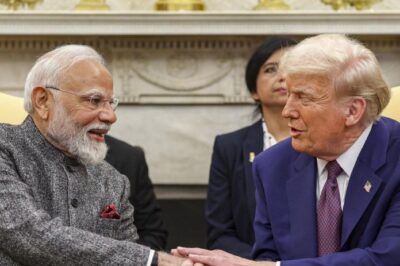

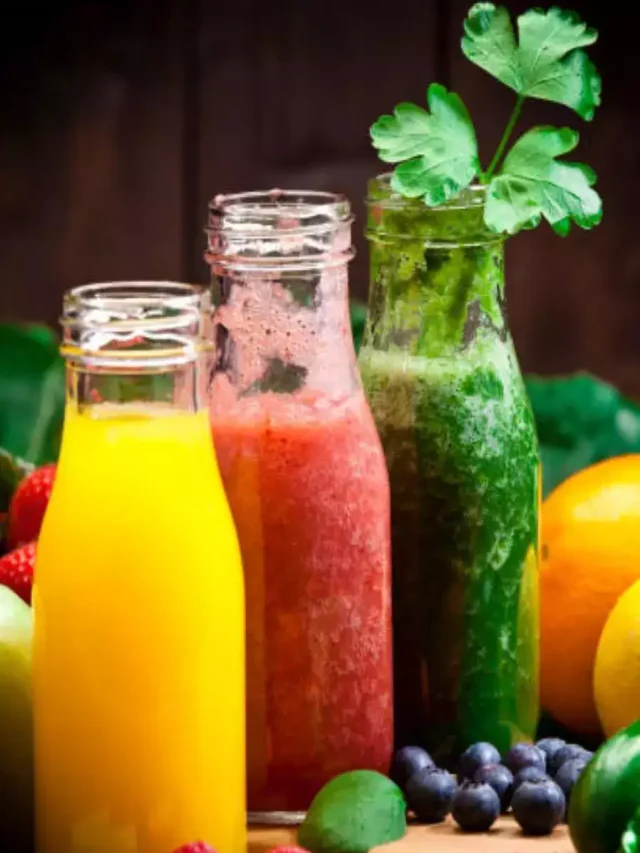


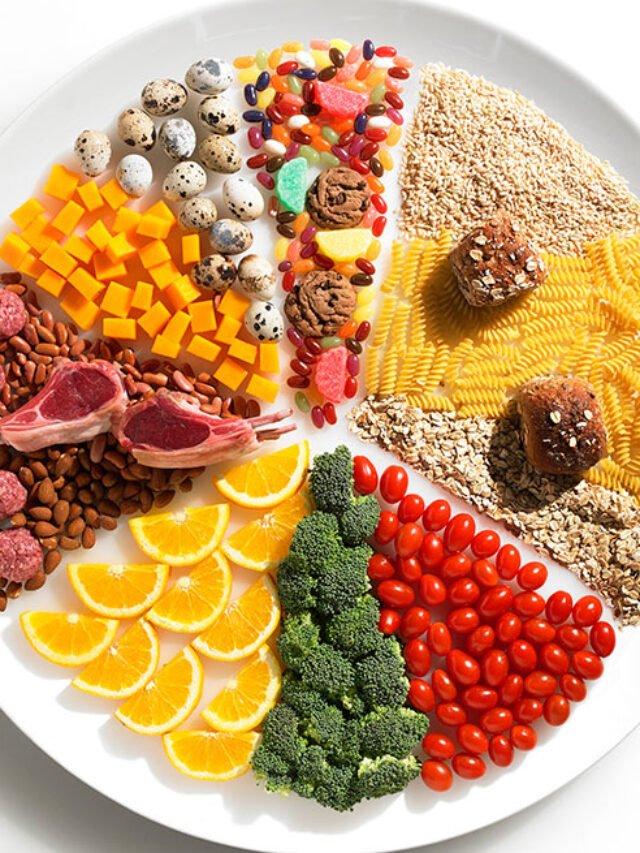
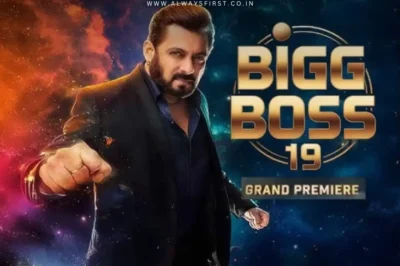
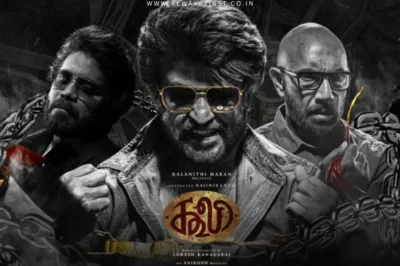

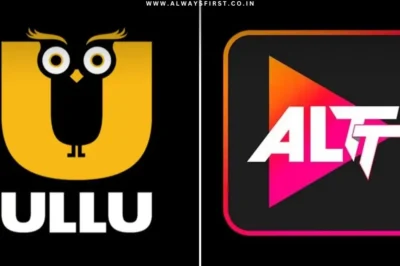


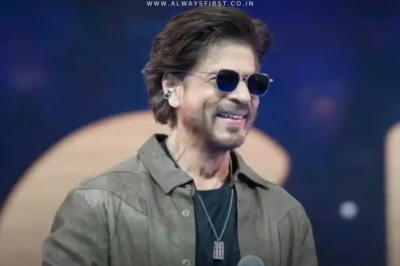


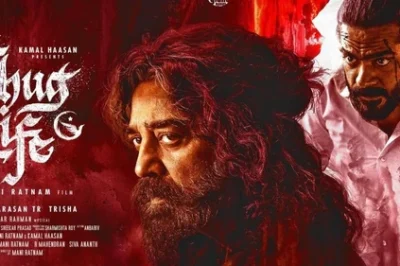

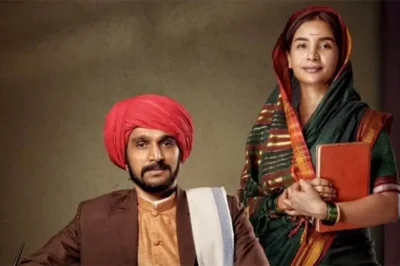




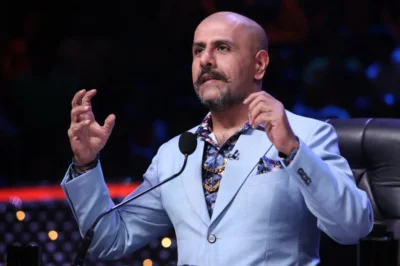

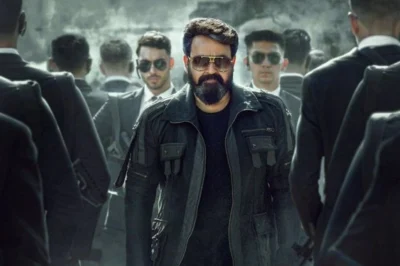



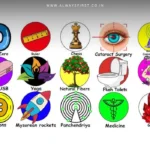


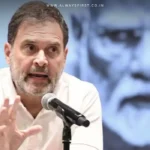



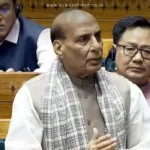

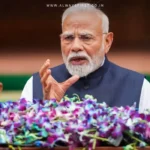
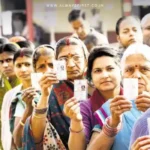
Leave a Reply